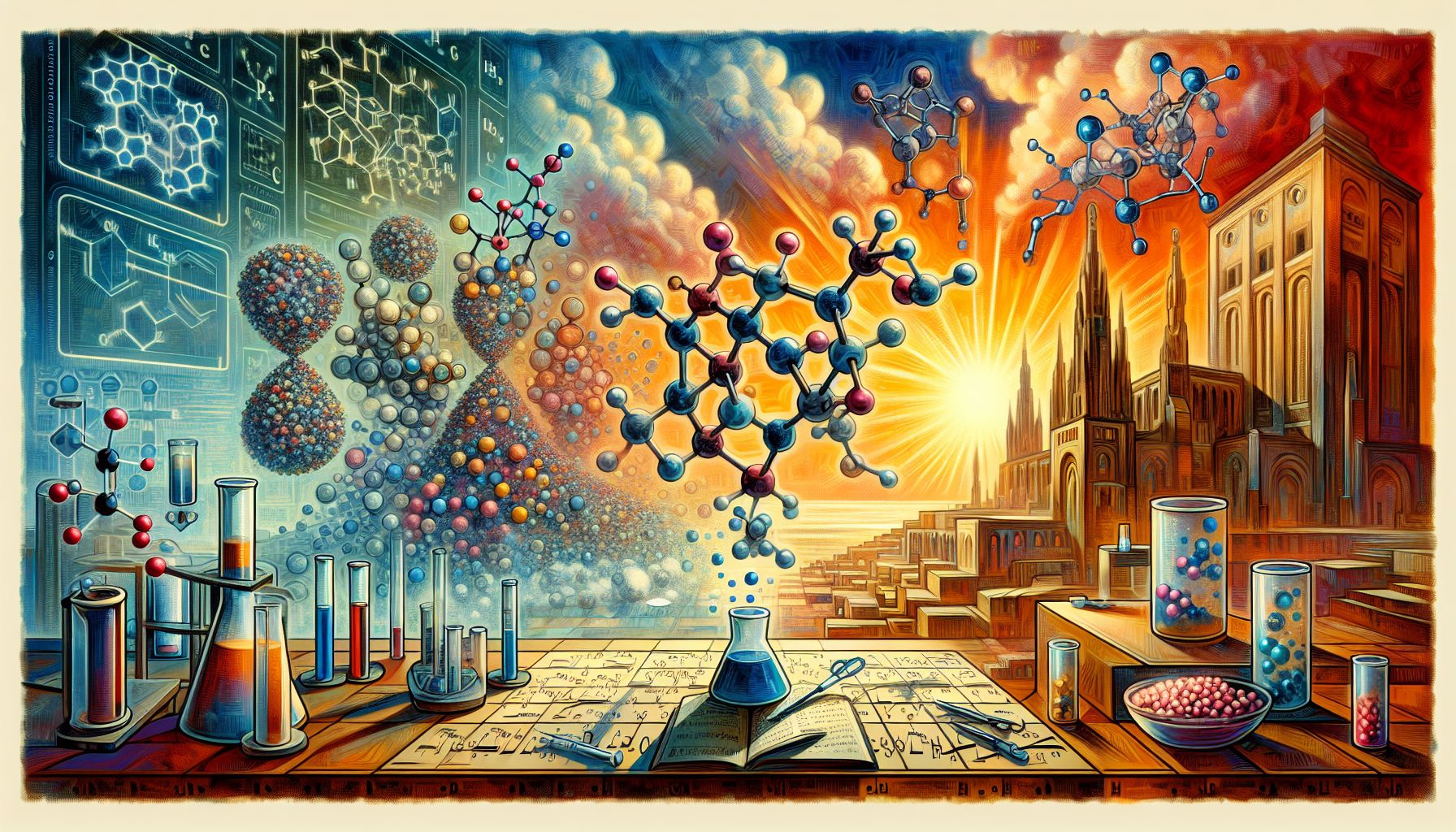AI Revolutionizes Molecular Structure Prediction

Netherlands, Monday, 5 August 2024.
Artificial intelligence is transforming molecular structure prediction, enabling accurate analysis with incomplete data. This breakthrough allows researchers to study smaller molecules like pharmaceuticals and catalysts more efficiently, potentially accelerating drug discovery and development.
The Impact on Medicine and Beyond
This groundbreaking innovation primarily impacts the fields of medicine and biotechnology. By improving the accuracy and speed of molecular structure prediction, AI technology allows for the swift analysis of small molecules, including pharmaceuticals, herbicides, and catalysts. This advancement is crucial for drug discovery, as it can reduce the time and cost associated with the development of new medications. The technology’s ability to predict molecular structures with minimal data inputs is particularly transformative for industries reliant on precise molecular configurations.
How the Technology Works
Traditionally, determining the exact structure of small molecules required extensive data and complex methods like X-ray crystallography. This process involves crystallizing a sample, exposing it to X-rays, and analyzing the resulting diffraction patterns to map the arrangement of atoms. AI revolutionizes this process by using sophisticated algorithms to model various molecular structures, create simulated crystals, and analyze diffuse diffraction patterns. The AI iteratively refines phase values to reveal the correct structure, even with incomplete data. This method reduces the need for large data sets and accelerates the structure determination process[1].
Key Players and Their Contributions
Molecule AI, a biotechnology research company founded in 2023, is at the forefront of this innovation. Based on its LinkedIn profile, Molecule AI specializes in AI-driven drug discovery, focusing on predicting ADMET (Absorption, Distribution, Metabolism, Excretion, and Toxicity) properties. Their MAITox tool, designed for toxicity prediction, boasts over 90% accuracy, significantly enhancing the efficiency of drug development pipelines. The company’s advanced tools, such as MAI-RF, utilize substructure-matching algorithms to identify potential drug candidates from a curated database of FDA-approved drug structures[2].
Global Collaboration and Future Prospects
The application of AI in molecular structure prediction is not limited to a single entity but is a global effort. Researchers from the University of Cambridge, such as Anders Madsen, have highlighted the AI’s ability to predict structures from incomplete data as a game-changer. By training AI models on millions of hypothetical structures and their diffraction patterns, scientists have successfully predicted the structures of nearly 2400 real small molecules using only a fraction of the data required by traditional methods. This capability is currently effective for molecules with up to 50 atoms, with ongoing efforts to extend it to larger molecules[3].
The Broader Implications
Beyond drug discovery, the implications of this AI innovation extend to various sectors, including agriculture and environmental science. For instance, the ability to accurately predict the structure of herbicides can lead to the development of more effective and environmentally friendly agricultural chemicals. Moreover, the refinement of catalysts through precise molecular structure prediction can enhance industrial processes, leading to greater efficiency and sustainability. As AI continues to evolve, its role in molecular research is set to expand, opening new avenues for scientific and industrial advancements.

